The Royal Navy has declared the Malloy T-150 uncrewed air system ready for front-line operations, following two years of trials and development with Royal Marines and 700X Naval Air Squadron, the service announced.
According to the Royal Navy, the T-150 will be used to deliver ammunition, weaponry, food, medical supplies and other stores to Royal Marines operating in demanding environments. Trials were conducted in locations ranging from the Arctic to the Indian Ocean, after which the system was granted Release to Service status.
The T-150 is capable of carrying underslung loads of up to 68 kilograms, has a top speed of 60 miles per hour, and can remain airborne for up to 40 minutes. Operated by a two-person team, the aircraft can be flown manually or follow pre-set autonomous waypoints.
Neil Appleton, CEO of Malloy Aeronautics, was quoted in the press release as saying: “The UK Release to Service of our T-150 platform is a milestone we’re incredibly proud to be a part of. As a multi-role UAS, the T-150 can be used for Replenishment at Sea one day and resupplying deployed Royal Marines Commandos the next.”
He added: “It’s a game-changer for the modern battlefield and we are proud to deliver this capability to those who need it most.”
Brigadier Chris Haw, Head of the Commando Forces Programme, said: “The introduction of logistic drones represents a significant expansion in the Commando Force’s use of Uncrewed Aerial Systems, beyond those already in-service for surveillance/reconnaissance, and importantly reduces the risk to personnel during tactical re-supply.”
The Royal Navy also noted that the T-150 has recently been tested with the UK Carrier Strike Group in the Indo-Pacific, where it delivered supplies from aircraft carrier HMS Prince of Wales to destroyer HMS Dauntless.


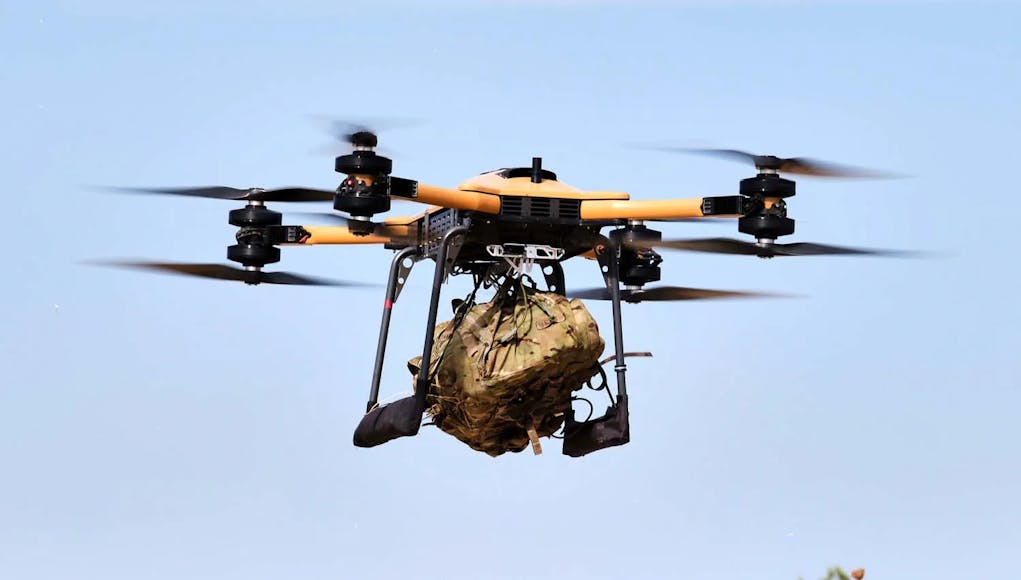


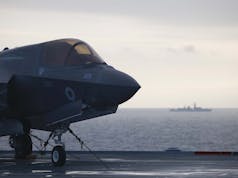
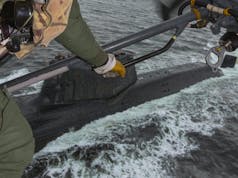

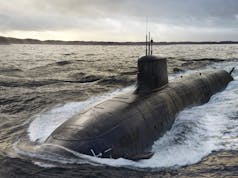


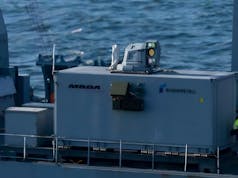


Well done guys, it’s only taken you about 5 years to certify a drone to carry cargo.
I can see the first sea lord getting his fat jet drones off Queen Elizabeth next year 😀
Just 2 years to sling a bergen under it, out standing. How much did the contractor get out of that? MOD never rush any thing and love a long trail period. How many are in service or going to enter service? Will it take until 2030 to deliver them as that is magic deadline for every thing else most of which has not even been trialed or ordered yet. ie RCH 155,, anti drone systems, replacement for the light gun, the new replacement for landrovers etc.
Those trials teams will be busy when finally buy some thing.
I understand we bought 24 for the RM.
With that flight time and range any ship would have be pretty close to the shore, at least in ASM range. Handy for Afghan type Patrol bases etc when not on a ship as base, but not sure what else as they have to be under 20 minutes flight time away, Also hand for ship to ship small stores but not much good for cas evc unless its a small child.
My take on this is internship transfer/ RAS missions and ground based logistics bases to frontline units.
That would make sense ie once ashore the drones deploy from the ship to some forward re plen base etc. And the ship gets out of range
On ship, it means you can send small items between ships without having to connect the RAS lines or use the expensive helicopter…. Do you really need a merlin when all you want to transfer is an extra bottle of port for the officers mess? 😉
Agreed, for small parts etc ideal and cheaper. Pity it can not carry injured crew etc it would be ideal if it could.
Ha, being able to carry live cargo would no doubt take many years of meetings, tests and H&S certification. Better off just keeping Helicoptors.
At least this drone is easy to justify for carrier group and marine work. The argument that it takes the place of more expensive helicopter journeys is a simple one.
So it can transport a Bergen up to 20 miles? Seems like the ship it’s flying from will have to get very close for the sake of a Bergen..
Unsure what 68kg represents in terms of ammunition. Sounds like it will do the post, but not at Christmas!
Not sure what 68kg represents when it comes to ammunition, sounds like it will manage the post, but not at Christmas!
Ahh, the “Uncrewed Air System” operated by a “Two person team”.
Well there’s a thing.
It would be interesting to hear from current RM what value they think these drones would bring to their operations. That’s what matters in the end.
Yet another over simplified mod project. No doubt the original concept has quadrupled in costs, and earned some dickhead civil servant brownie points, for a capability that the RM should have been left alone to develop themselves.
No doubt some dickhead commentator on a website will try and earn brownie points from the resident whingers by making disparaging comments about a good news story.
No doubt a mouthy, over inflated, self opinionated, mediocrity of a commentator will try to earn whing points, because they do not agree with certain comments on a well presented news story, which by it’s design, encourages engagement ergo opinions both positive and negative, with regard to the subject matter.
I think you’re being a bit hard on yourself there, accurate though it is.
Oh sooo feeble a riposte.
🤣